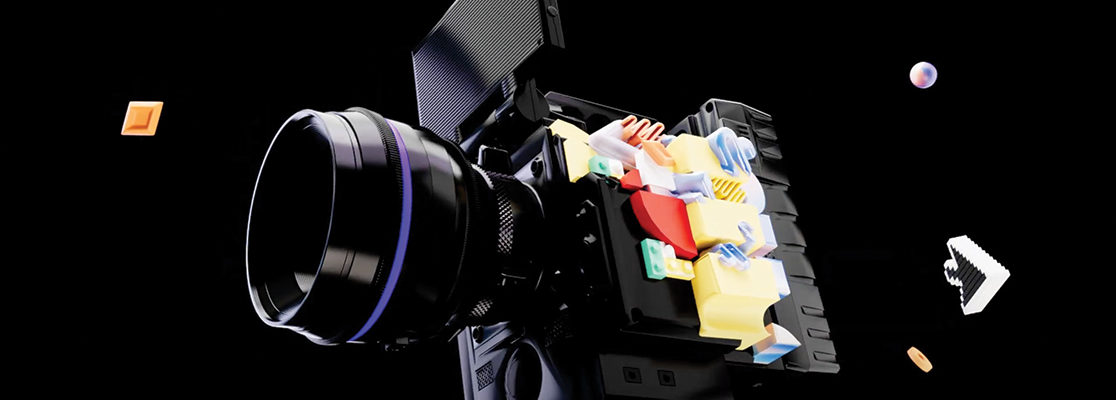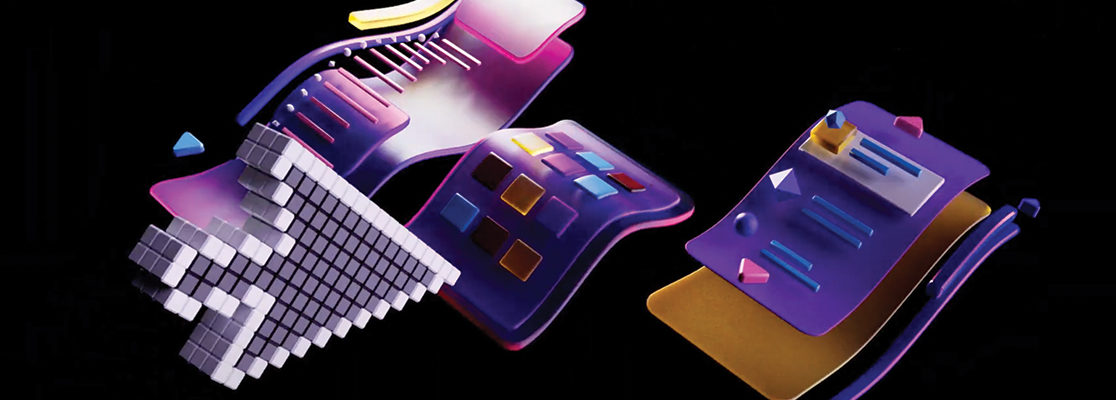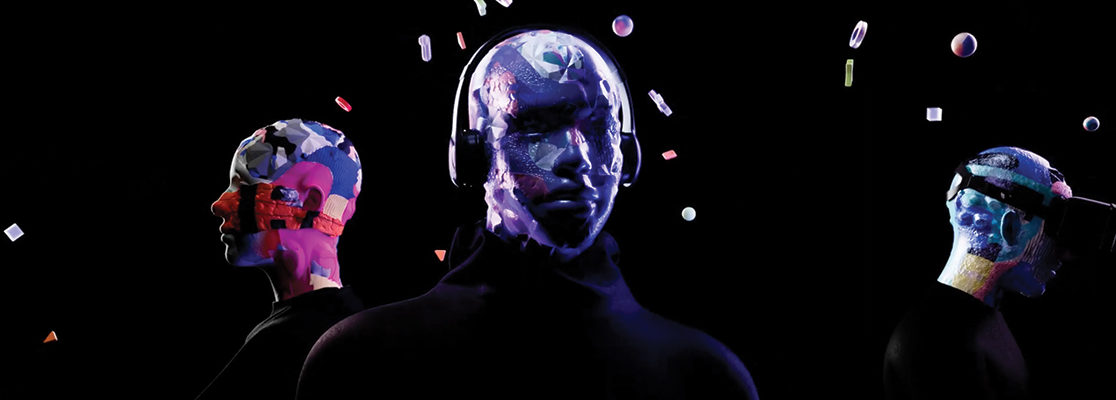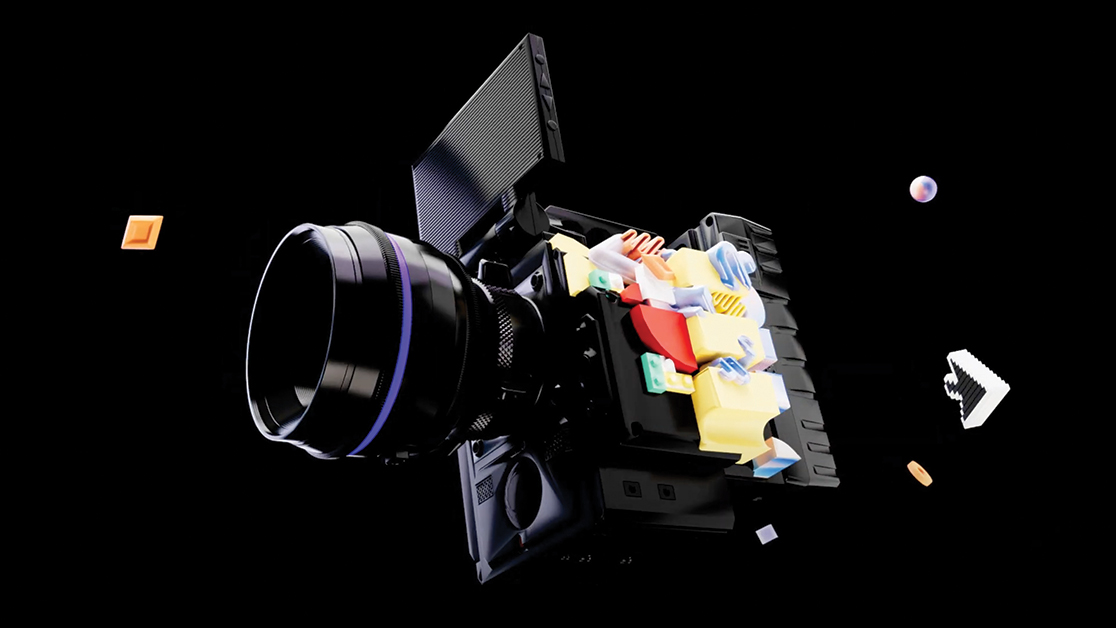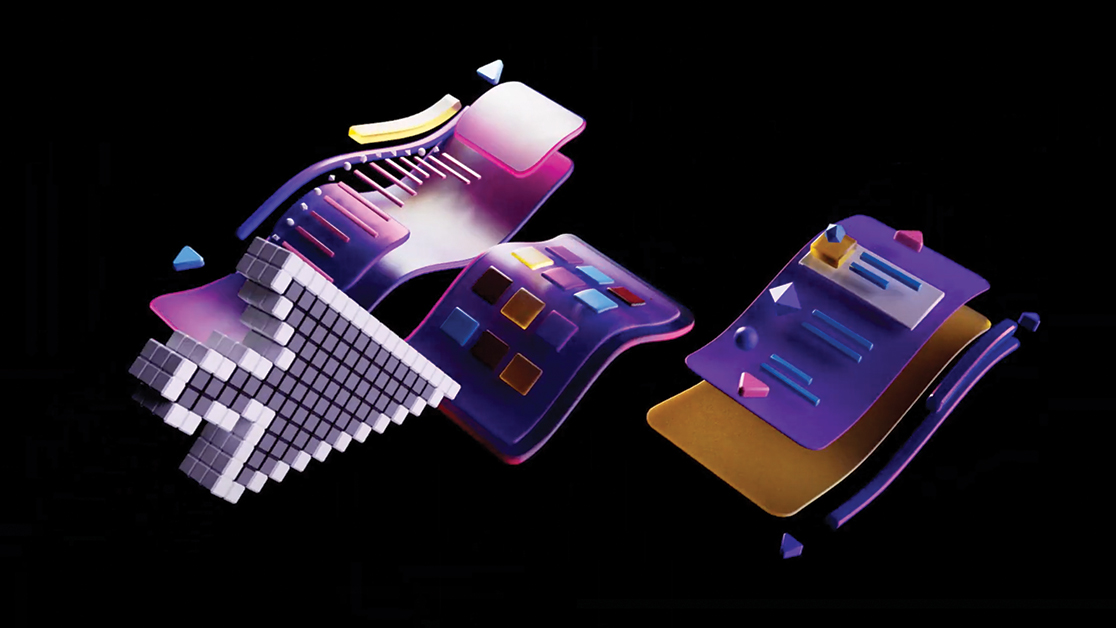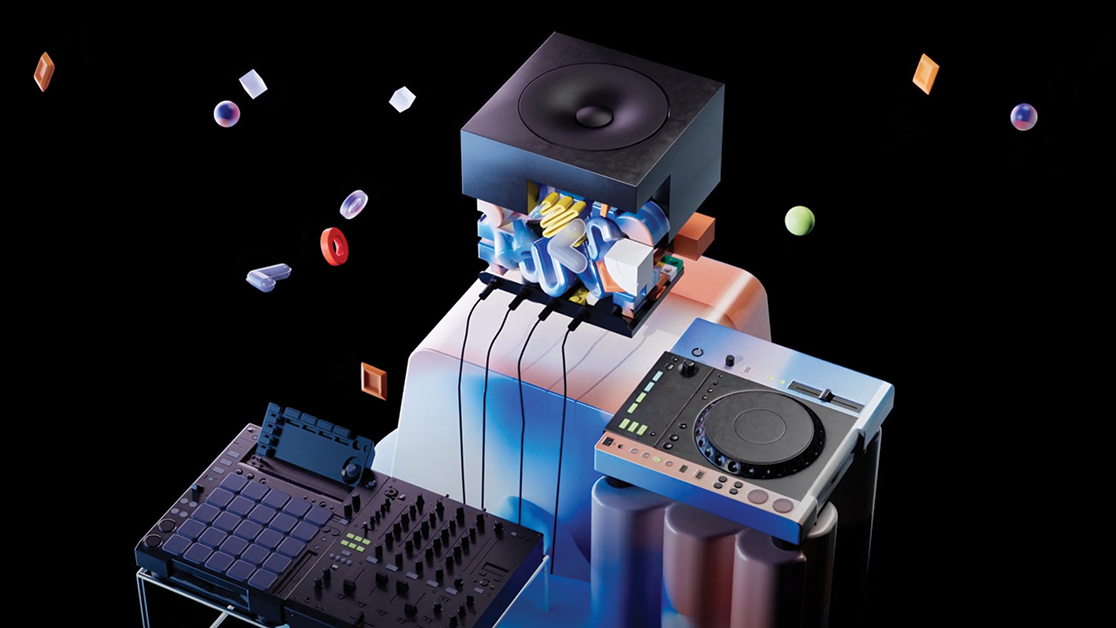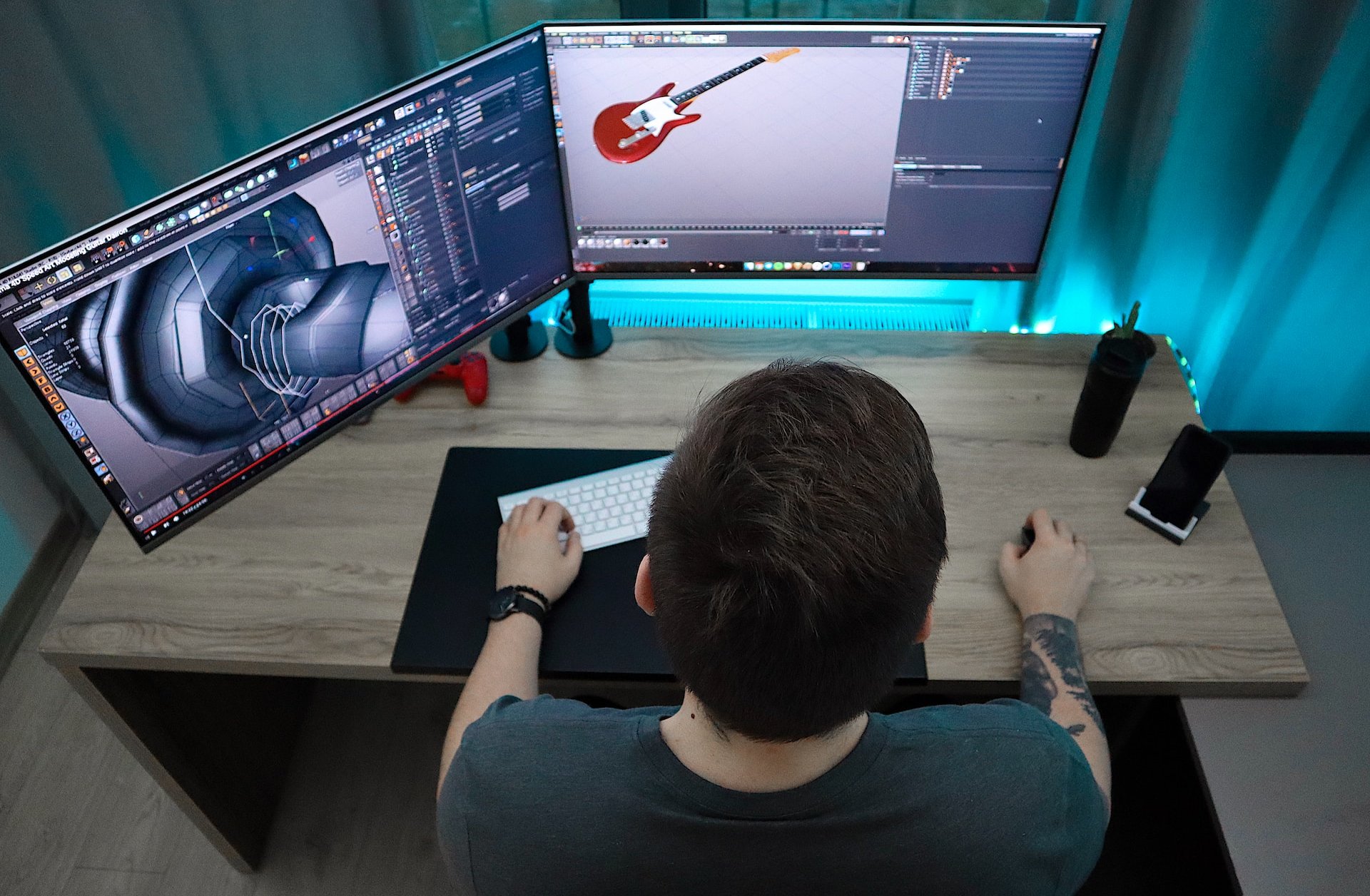Studying Visual Effects and Animation will not only help you hone your skills but ensure you are well versed in the best ways to launch your career. As you’ll learn on the course, putting together engaging animation demo reels can be a great way of showing off your animation style and potentially finding roles. Check out our blog on our top do’s and don’ts on creating a great demo reel below and get in touch to learn more about our fantastic degree…
From creating technically impressive animation to demonstrating your abilities to hold your viewer’s attention, there are many key skills that today’s directors and film producers are searching for.
As an animator, a well-made demo reel can be an effective way to feature these and demonstrate what you are capable of.
But what animation skills should you include in your reel shows? And how can you make your demo reel stand out?
First of all, we’ll explain what an animation demo reel should do before exploring what you need to include and what’s best to leave out…
What is an Animation Demo Reel?
A demo reel is a compilation of your best work or most relevant animation work – think of it as a video version of a portfolio.
It is a great way of showing potential employers your skills rather than just telling them about what you can do. You can include whatever visuals you like – but remember, the ultimate aim of this is to get enhance your reputation and source opportunities. With this in mind, it’s worth taking some time to consider what to include.
Why You Need an Animation Demo Reel
Whether you are an emerging video editor or an established animation director, having an updated demo reel to showcase your talents can be beneficial no matter what stage you are at in your animation career.
A well constructed demo reel can show your experience, skills and advertise your abilities to potential clients or employers. You can create other professional resources such as a CV, website or LinkedIn profile alongside this but an engaging demo reel can really help you stand out.
Do’s
Before you start putting your reel together, you need to consider what to include and what to leave out. Here are some tips…

Tailor your reel for each studio/employer/sector
Before compiling your reel, you need to consider who it is for and what you want to showcase.
For example, if you are searching for work in games, then you should demonstrate how you can create gameplay animation and your technical skills. For advert animation, many potential clients look for versatility and creativity across different formats.
If you are looking for a less-specific role, then you might want to showcase a wide range of skills too, so consider the best ways to highlight your abilities with motion graphics, 3D modelling, rigging, lighting, rendering, compositing, and more.
Make showreels short and punchy
The shorter and punchier the demo reel, the more effective it will be in making a positive impression. A general rule of thumb is to keep your reel to a maximum of two minutes, meaning it is important to make every second of the content you include count. Think about the structure of your reel too – it needs to tell your story to your viewers and make a striking impact at the start and the end to leave a lasting impression on the audience.
Include well known brands or names
You should always look for eye-catching, professional content that shows off your abilities.
However, if you’ve worked on any content for a well-known brand or features a celebrity, influencer or leading industry professional, then consider including this too.
Being affiliated with a big name or business demonstrates how you are trusted and capable. These kind of stakeholders wouldn’t usually have their reputation associated with anything that might portray them in a negative light so this affiliation can act as a great endorsement.
Add title cards to make it easy for whoever watches your reel to remember you
Sounds obvious but animators can use title cards to ensure their contact details are easy to find or see in a demo reel.
It would be frustrating for a studio to view your content, be impressed, then not know how to contact you. It’s therefore good practice to always start your reel with an opening card that includes your name, contact details and areas of expertise. Then, your final title card should feature your name and contact information again too.
Study the reels of peers and industry leaders
If you’re short on inspiration for how to make your reel visually appealing or the best ways in which to ensure your reel reflects your skills, then do some research online. Study the reels of those who are successfully working in similar fields or industry leaders in your chosen area.
Some examples include:
Maarten Lemmens landed a role at DreamWorks animation via his demo reel.
Donghoe Kim has interned at Sony Pictures Imageworks, as well as Pixar and Lucasfilm.
You can watch the 2022 demo reel for SAE students here too.
Gather your clips from different sources
Where possible, showcase published work, but if you’re new in the industry, use great pieces from your animation course or own personal projects.
Select examples of work you love and enjoy doing. Some examples of the technical skills a director or film company might expect to see in a reel include:
Walk cycle: Animating the walk of a character is an integral part of character animation. To make this convincing requires a deep understanding of body mechanics as it animating the movements of various body parts, including the legs and arms.
Camera placement: With a good understanding of the rule of thirds and field depth, you will be able to create more visually appealing, cinematic scenes. The correct choice of camera angle and movement can enhance the storytelling in your animation and demonstrate your expertise.
Edit and review
As with any creative project, editing and reviewing must be part of the process of assembling your reel. You want the content to have a coherent and engaging look and flow so use music, sound effects, transitions, titles, and other elements to give this content structure and style.
If possible and time allows, have someone review your reel before submitting it to a business or potential employer. A second pair of eyes can often spot any errors that someone working closely on a content piece can miss.
Keep your demo reel updated
You want to keep your demo reel fresh and relevant to show your growth and development as an animator. This means you should take some time to review and revise your demo reel periodically. Seeking feedback from other animators, mentors, or professionals can be a great way of updating or adapting your content.
Share and promote your reel where possible
You can use various platforms and channels to distribute your demo reel. They include (and are not limited to) YouTube video, Vimeo, social media, blogs, websites, portfolios, online forums, or animation festivals. You can also use networking and outreach strategies to connect with other animators, studios, recruiters, or potential clients.
Ultimately, your demo reel should be used as a tool to pitch yourself and your work, and to demonstrate your passion and professionalism. Making this content as visible as possible is a must if you are to leverage it to find more opportunities.
Don’ts
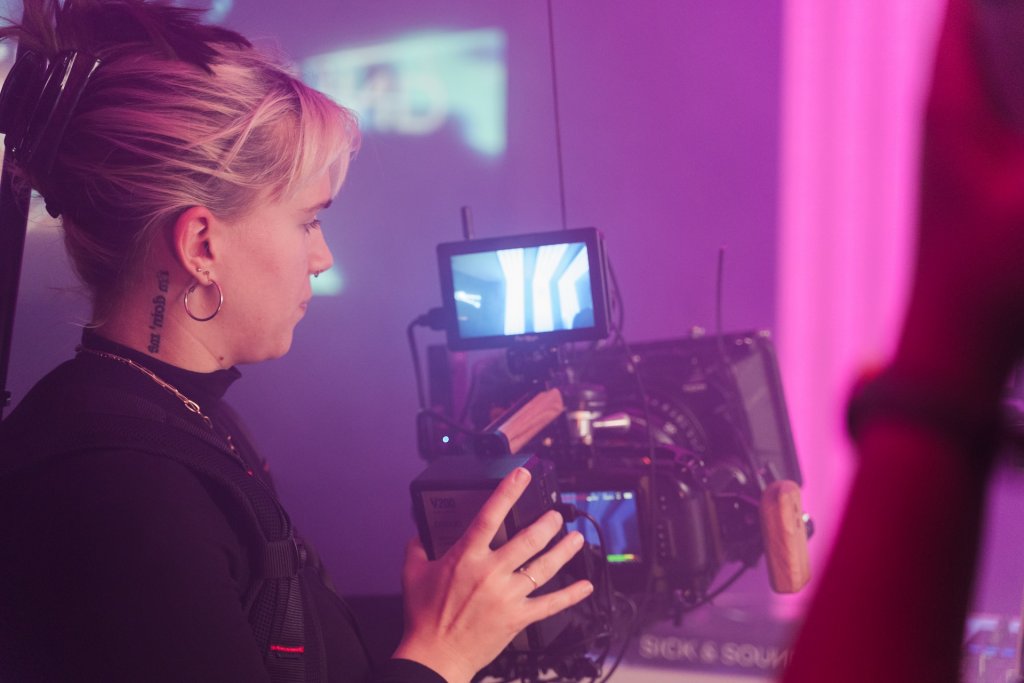
Avoid making your reel too long
Having an overly long show reel can work against you when seeking opportunities.
Of course, you want to include animations that demonstrate your abilities but the emphasis should be on quality, not quantity. Try to only present your best work and nothing else. Ten seconds of amazing animation beats two minutes of mediocre animation every time.
Don’t go overboard on skills
When creating an effective demo reel, try and achieve a balance of showing off technical abilities without going too far.
If you try and do too much – for example, using unnecessary transitions, audio or motion graphics – this can distract from the actual animation skills, style or flow of the reel. Try not to put viewers off with elaborate transitions or cuts between scenes or projects.
Avoid showing mature content or profanities
Unless the studio you are applying to exclusively creates mature content, then try and avoid this in your animation reel. You want your reel to show expertise and professionalism and including swear words or adult content might not provide the best impression.
Consider when it’s best to include a score
If your footage already has important dialogue, sound effects, and music included, then avoid adding an additional layer of music or sounds. Instead, consider either going without music, or include it at the beginning and end of your reel.
If you are presenting lip synced animation let the voice and animation do the talking. If the shots are action based, then subtle music underscoring the flow can help but make sure to edit to the beat to have a suitable visual and audio flow.
Summary
There are many reels out there and the industry is teeming with animators all looking for their next opportunity. This means that putting together an effective reel that demonstrates your experience and skills can make all the difference when seeking work. Take your time, do your research and follow our tips. Good luck out there!
Study VFX and Animation at SAE
If you’re looking to get to grips with the latest technological innovations as well as traditional approaches to AI, then our VFX and Animation Course could be for you.
Our expert tutors and world-class facilities can help you unleash the full power of your imagination within this exciting, ever-evolving world.


